-Guest post by Allen Panakal
Hey y’all! My name is Allen Panakal and if you don’t know me, you should get to know me because I’m awesome.
I was asked by a few Artist friends to write an article about booth setup and working a show. Please keep in mind that what works for me might not always work for you, but I’m happy to share some of the things I’ve learned through the years.
The Booth
When it comes to booth setup, I guess you can say I’m a pro at it, but that would be a lie. It took years of mistakes and horrible setups before I locked into what you see at shows now.
Let’s start with what you can afford. There are multiple costs to consider. Is this your first time at a con or are you a seasoned vet? A booth in Artist Alley is way more affordable than an exhibitor booth, but you’ll definitely have more space to play in an exhibitor booth.
Think of how you want your booth to look. What does it say about you? Does it look inviting or is it a bazaar of chaos? I prefer to have clean, organized layouts. Every inch is used and everything is in a spot for specific reasons.
My main setup is a waterfall setup. It’s set up for what some in the marketing industry call “Price Framing.” Contrary to some rumors, artists didn’t invent this. This technique has been around for years.
“Price framing is the optimization of how to present prices, services, and products in the most appealing way.”
It’s a technique that will help ease the stress of your customer. They don’t want you bombarding them with sales numbers and pressure to make a purchase when they approach you. They should be allowed to take in all the amazing art they see and decide for themselves if your work is something they can afford and take home with them … and at what value. People generally know what they can afford before they approach.
If you have your own IP, is there a theme you can lean into? Is there a specific look that would tell your audience about your world and your art? You need the customer to breathe it all in and want to live in your world. If they are turned off not only will they not buy anything, they won’t even stop to look.
Your theme should get the audience thinking, so it’s important it captures their attention immediately. It will help resonate with your audience. It gives them a window into your world before they’ve even spoken to you. It helps them feel comfortable enough to approach the booth. Your theme will become your brand, and your brand speaks volumes about you. It’s what keeps fans coming back.
Pricing is important. After all, you’re here to make sales and run a business. Still, don’t put the money first. Win the audience over and let that lead to sales. Focus on the art. The sales will follow.
“Make art ’cause you love making art, the rest will fall into place.”
Speaking of prices… consider the cost of products you need to sell along with other things you need at your booth to have a successful show. Make a list of all these things and break them down into costs you can afford now versus what you can save up for later (lights and pro panels, for example).
Brand your booth! If it’s in your booth, it should have your name on it. Business cards, prints, playmats, banners, and so on. All these things should have your logo on them somewhere.
Do you have an elevator pitch if someone asks you to tell them about your work? It’s important to be able to speak about yourself and your work with confidence. This comes with patience and time … also, practice your pitch over and over!
For example, the elevator pitch for Ancient Ones is:
“The Ancient Ones is about one man’s discovery of extraterrestrial civilizations that have been manipulating humanity. As he travels the Milky Way, a seemingly chance encounter with an alien cabal makes him realize that he is the key to a galactic world machine. Now, he’s tasked with saving Earth or letting it perish along with many other planets. “
Now, you might not have time to say all this to a potential customer. So the short version is:
“The Ancient Ones is about one man’s discovery of extraterrestrial civilizations that have been manipulating humanity.”
You can speak more to your work as more questions are asked, but practice some responses to the questions you get repeatedly. You’ll sort them out after a few shows. The pitch lets them decide if they want to learn more about you or not.
Sales Techniques
Before you can make a sale, you need to earn trust. Why should they spend money on you? The three things I was taught that will help with this are your kindness, your competence, and your warmth.
I always try to get a customer to hold my art. This helps them feel like they already own it or want it. Don’t upsell unless they seem interested in a product. For example, if they want to buy a print, then you tell them about the deal on two prints. Don’t speak in dollars, either. “That’s 15 or two for 25.”
I’ve heard the advice, “‘Don’t take ‘no’ for an answer.” I say, be willing to accept “no.” The customer should want to buy your product. They need to walk away knowing they bought what they wanted without you convincing them otherwise. You’ll earn their admiration and respect, and you’ll also have repeat customers. Get to know them better, cause they will be your biggest fans!
Believe that what you are selling is that good. This way, you won’t have to work hard to make that sale, because people will love what you’ve created.
“When value becomes the primary point of their consideration, then pricing becomes less of a factor.”
Products to Sell
As mentioned earlier, I have high-ticket items and low-ticket items. I have large items that need to be shipped or packaged up before you can take them home, And I have small items you can just toss into your pocket or bag. I try not to have any item with a cost of less than $15 at the booth.
Know what the deals are if they buy two items or three. Know what’s a good mix-and-match deal between your items. Again, be confident with your responses to all these things.
Some final tips to remember while working your booth.
Always, always stand. If you’re sitting down, it appears you don’t want to be bothered. If you have to sit, invest in a director’s chair. This way you’ll appear to be higher and more engaging.
Don’t look at your phone. Put it away and stay focused on what’s happening around you.
Saying hello goes a long way into starting your engagement with a customer, but know when to keep your mouth shut.
Don’t talk about negative things happening to you to the customer. They don’t want your life story. They are only concerned with the product.
You will deal with trolls and negative people. That’s a them problem, not you. Learn to ignore and move on.
“You are worthy of being paid for your artwork.”
Thanks for taking the time to read this article!
Allen Panakal
AllenPanakalArt on all socials except Tik Tok (allenpanakal).




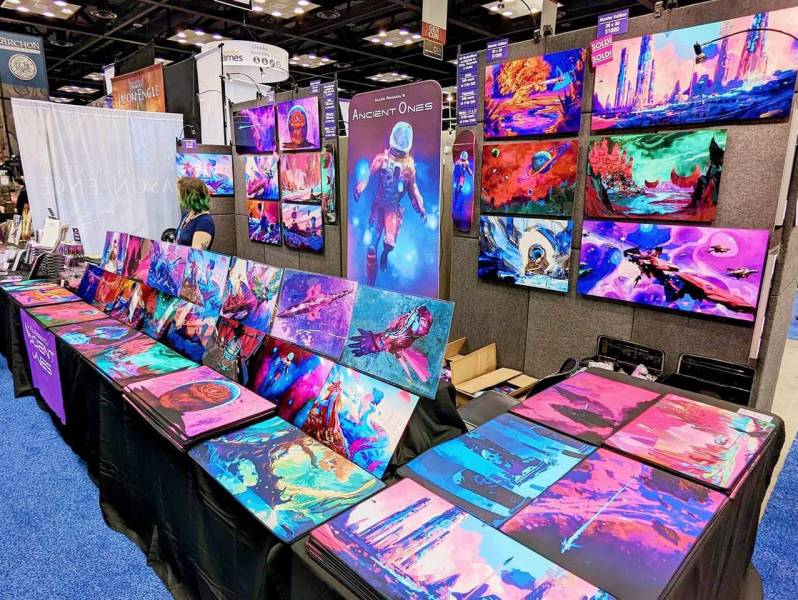
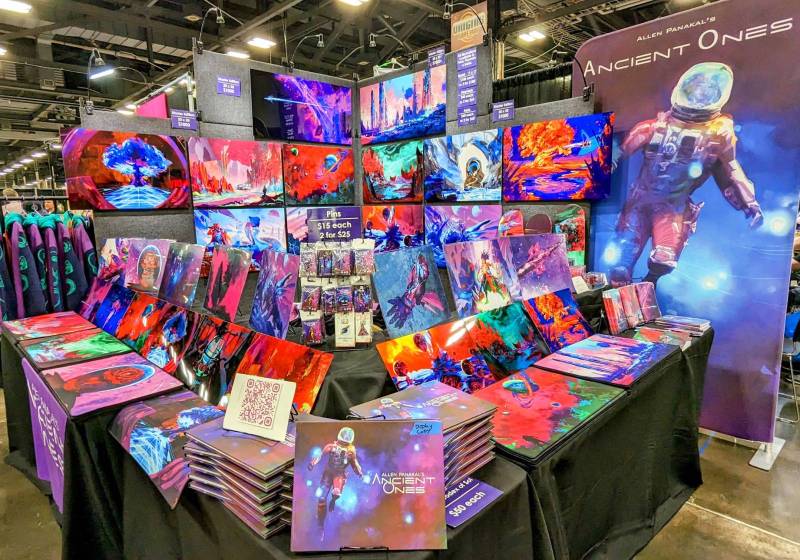
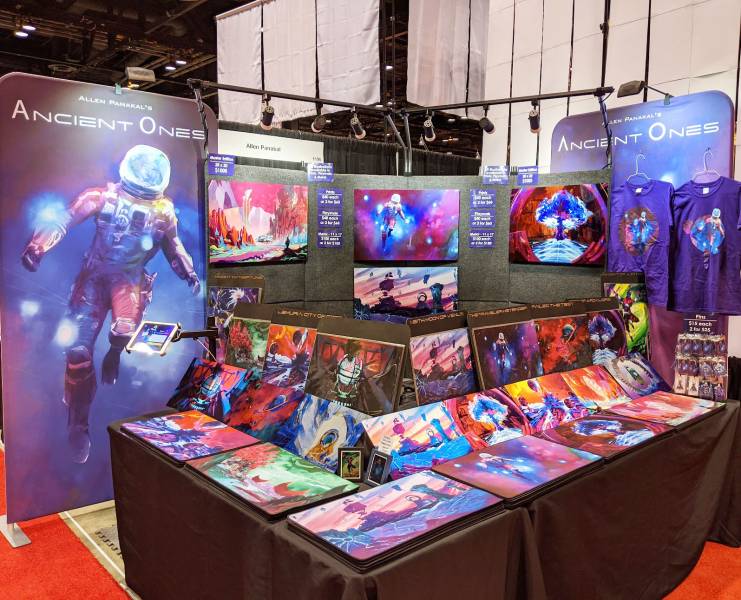
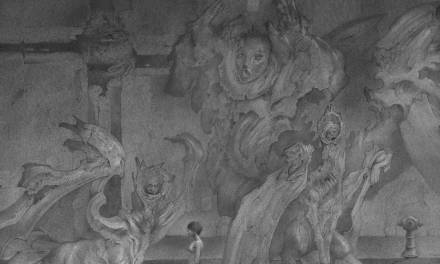

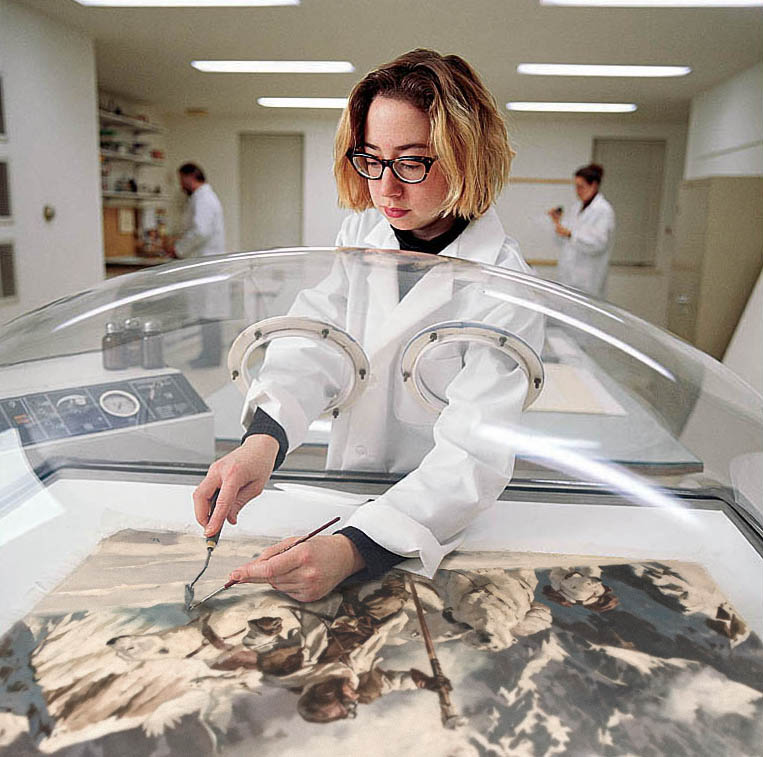


Great article, Allen. Thank you for sharing!
Came right on time as I’m starting out this coming spring.